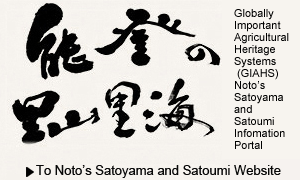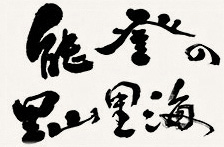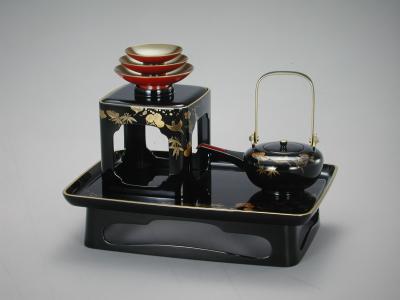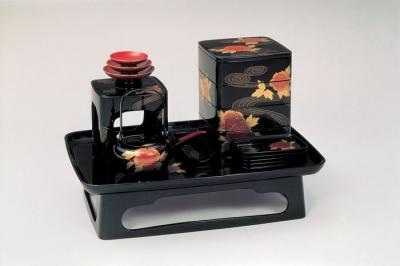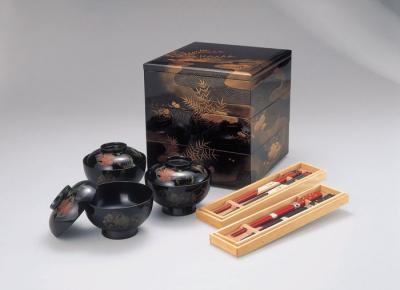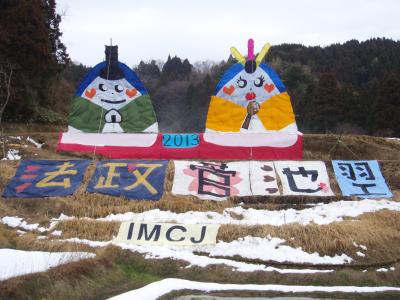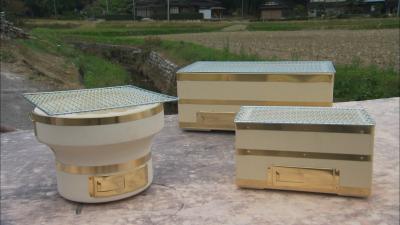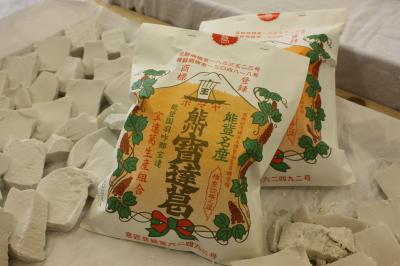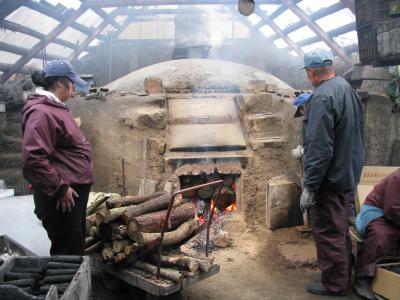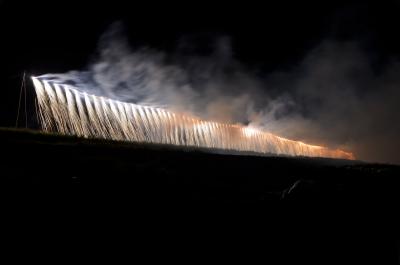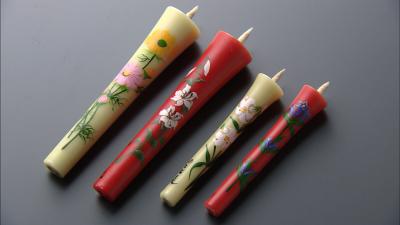
Name
Wajima Lacquerware
Address
Wajima City
Category
Life
Class
Agro-based art
Age
11th century~16th century
Designation
National Important Intangible Cultural Asset (April 1977) “Wajima lacquerware manufacturing tools and products”: National Important Tangible Folk Cultural Asset (June 1977)
Comment
Wajima lacquerware decorated with chinkin (gold inlay) and maki-e (gold-powder decoration) is one of Japan’s renowned lacquerware styles. Its distinguishing feature is its carefully applied undercoating. The wood used is from the Japanese zelkova and Noto hiba trees. The edges of vessels, which can be easily damaged, are covered with hemp cloth and strengthened with lacquer. After that, undercoating processes are repeated several times, using a mixture of locally produced diatomaceous earth powder and lacquer. This undercoating technique strengthens the products, and has made Wajima lacquerware world-famous, along with its delicate, elegant decoration. The “Association for the Preservation of Wajima Lacquerware Techniques” has been designated as a National Important Intangible Cultural Asset. Wajima lacquerware has a long history; in the Muromachi period (1336~1573), a monk from Negoro Temple in Kishu (present-day Wakayama Prefecture) introduced the lacquering technique to this area. The chinkin technique originated in the Kyoho period (1716~1736), and the maki-e technique was brought from Kanazawa and Kyoto during the late Edo period and early Meiji period. These and other traditional techniques have been handed down in Wajima.
Material Link
Views
Access number:10447

